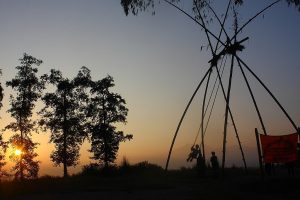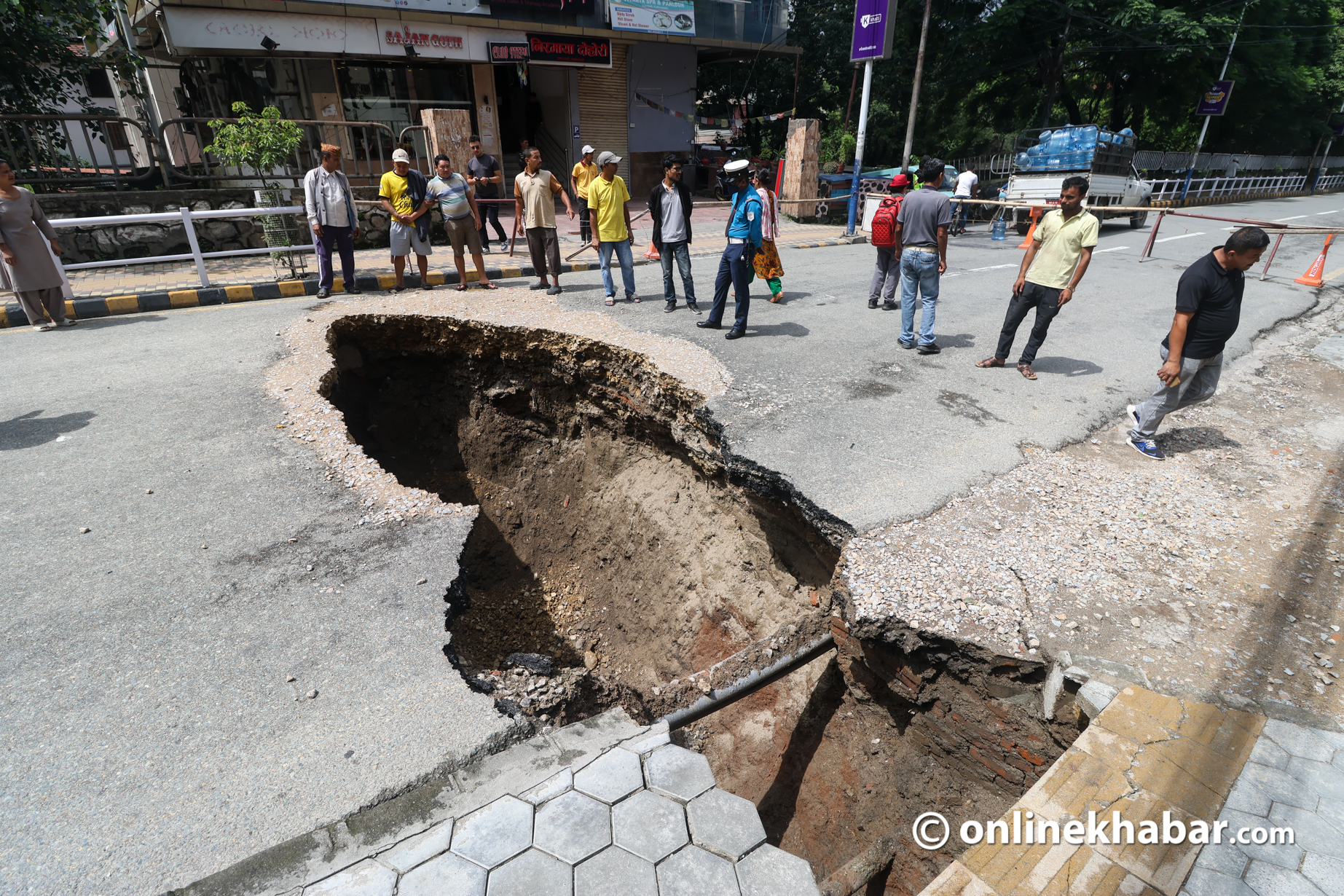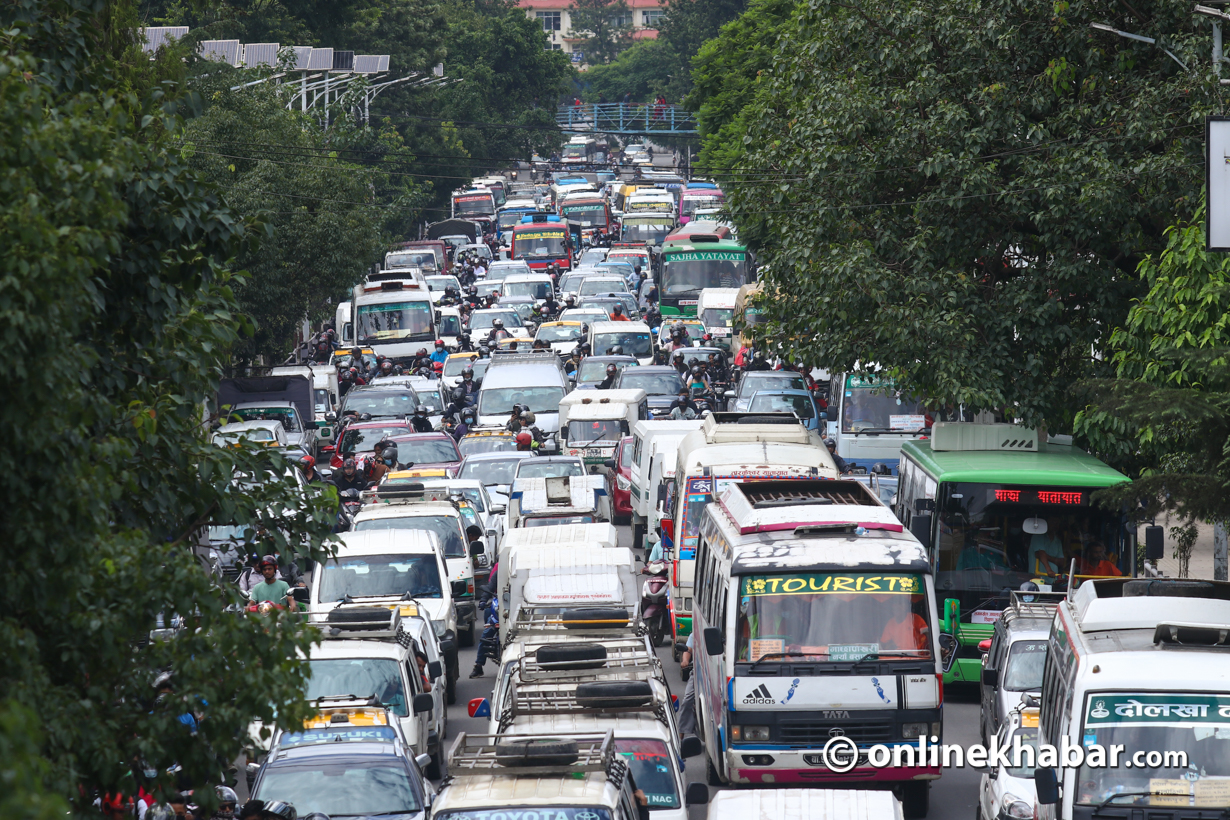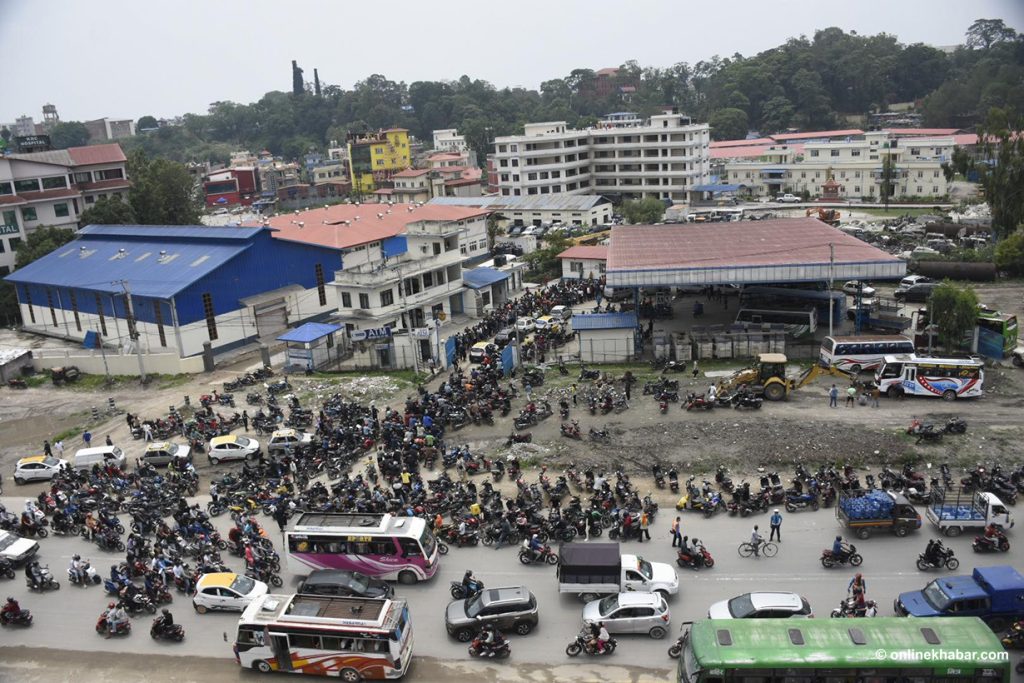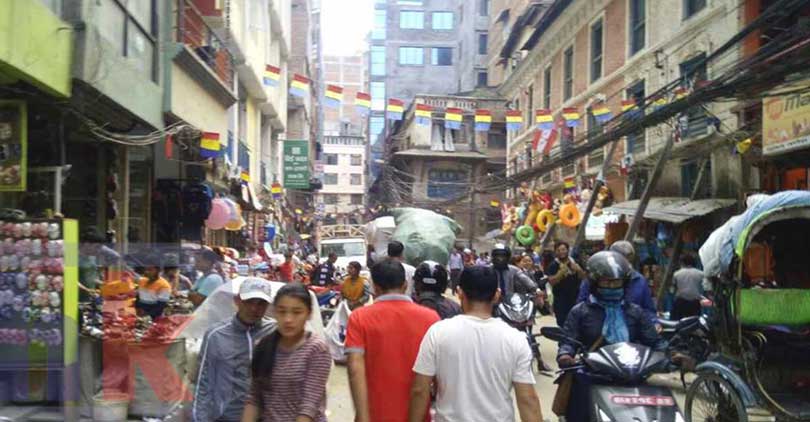
Kathmandu valley is an amalgamation of three cities that geographically and culturally blend in well with each other. They all have their unique culture and traditions that attract people from all over the world. But more than the culture standalone, a long history of human habitation full of indigenous communities holds more stories.
According to historical records, the three cities were predominantly full of Newa communities, with their settlements dating back thousands of years. These inhabitants are indigenous to the valley even today. Among the oldest Newa communities that have resided in the Kathmandu valley, some of them are introduced here.
1. Tokha

In Tokha, there is the Kalyanottar community, which is believed to have migrated to the Kathmandu Valley from the historic Indian city of Kashi and is renowned for its metalworking skills. They are considered to be one of the earliest communities in the valley. Like other Newa communities, Kalyanottar is made up of several distinct sub-communities, each with its own unique culture and traditions including the Shakyas, Bajracharyas, and Jyapus.
2. Kirtipur
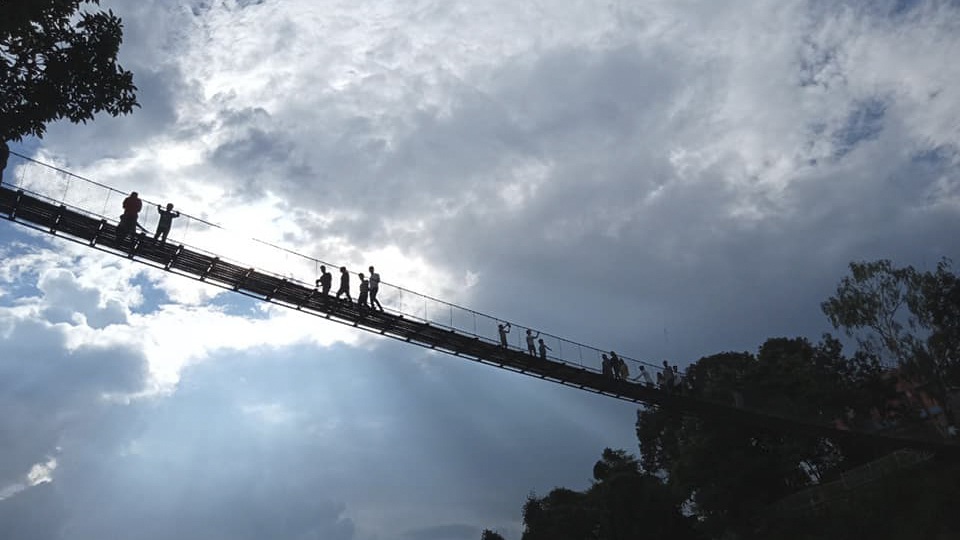
Located in the southwest of the Kathmandu valley, Kirtipur is an ancient Newa town, and its existence can be traced back to the 12th century, making it one of the oldest known settlements in the region. Kirtipur is primarily inhabited by the indigenous people of the Newa communities with the most prominent sub-communities being the Shresthas, Bajracharyas, and Rajopadhyayas.
3. Bhaktapur

This ancient Newa town is situated in the east of the Kathmandu valley, and it is widely believed to be one of the earliest settlements in the valley. Historical evidence suggests that Bhaktapur has been inhabited since the 8th century, highlighting its immense cultural significance. Bhaktapur is made up of several distinct sub-communities, each with its own unique culture and traditions. Some of the most prominent sub-communities within Bhaktapur include the Shresthas, Bajracharyas, and Tuladhars.
4. Sankhu
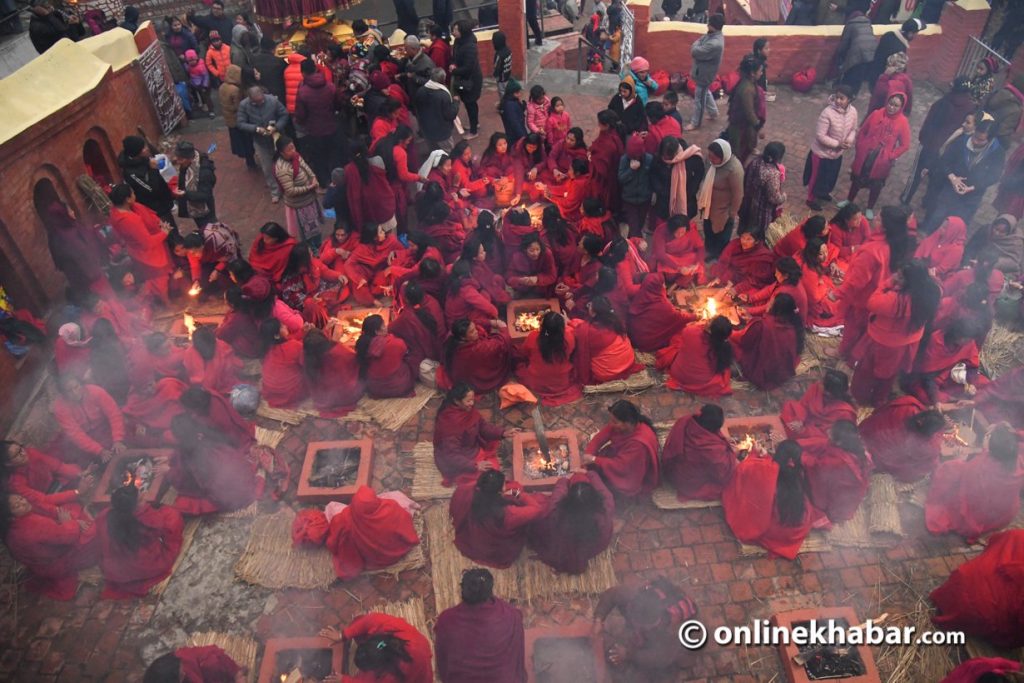
Sankhu is a historic Newa town located in the northwestern corner of the Kathmandu valley. Known by its Nepalbhasa name Sakwa and also called Sankharapur due to the town’s Shankha (shell) shape, it is believed to be the first town built in the valley. The town is characterised by two Bajrayogini temples, four dhokas (gates), the Kalpa water basin which never dries, and the eternal Kalpa fire, which are considered significant features of the area. There are several clans or groups, such as the Shakyas, Bajracharyas, and Tuladhars, which have their own unique customs, traditions, and practices.
5. Ason
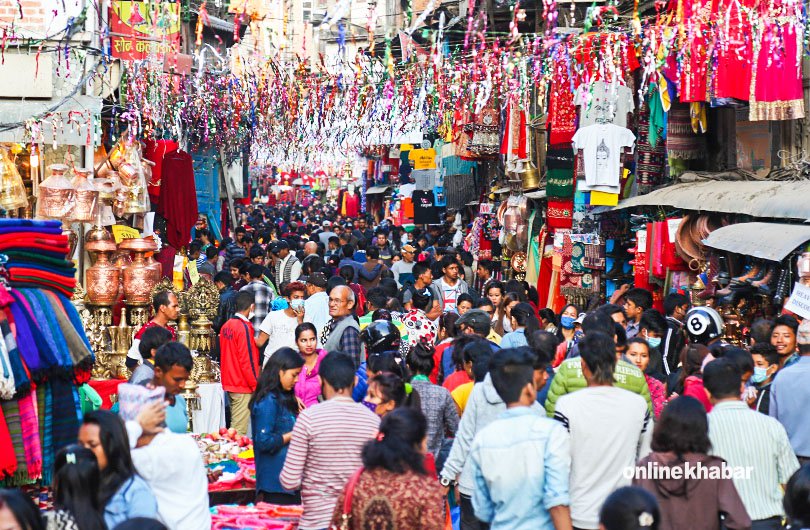
The Ason area of Kathmandu is another culturally significant and historic neighbourhood in the Kathmandu valley. Ason is an old market area in the heart of the city that has been a centre of commerce and trade for centuries. It is known for its narrow winding streets, bustling markets, and traditional architecture. The area has been a centre of commerce and trade for generations, with traders from across the region flocking to the neighbourhood to sell their goods.
6. Chhatrapati
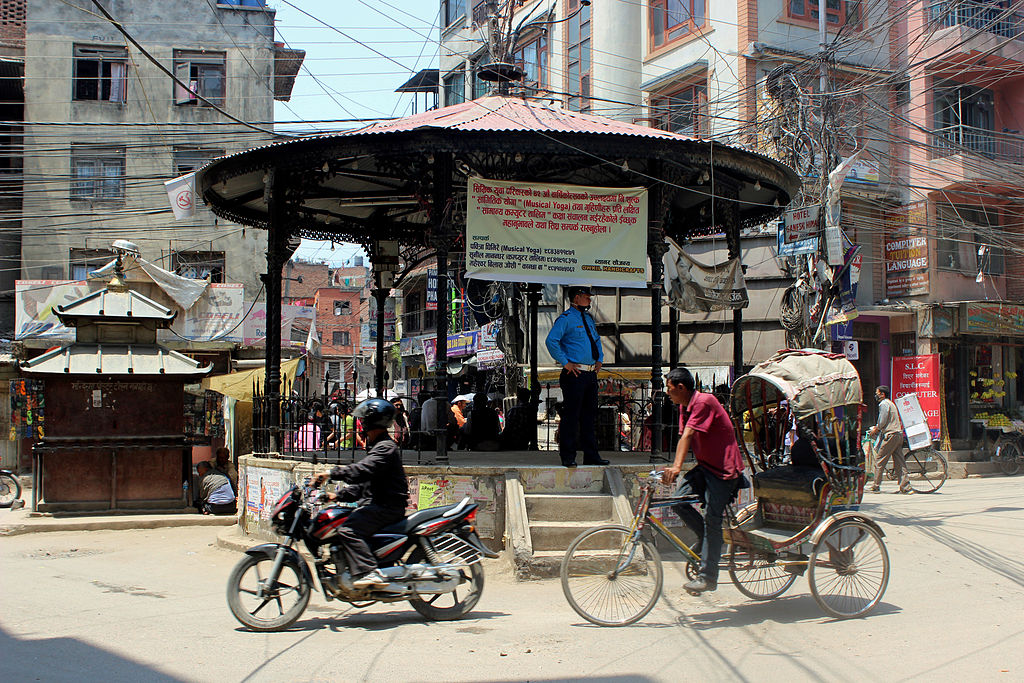
The Chhatrapati (also called Chhetrapati) neighbourhood has a rich cultural heritage and is a popular destination for tourists and locals alike who are interested in experiencing the traditional architecture, vibrant culture, and rich history of Kathmandu. It was known for as the area has been a centre of commerce and trade for generations, with traders from across the region flocking to the neighbourhood to sell their goods. One of the most notable landmarks in the area is the Chatrapati Chok, a large square that is surrounded by historic buildings and temples, including the Chhatrapati Ganesh and Bhairav temples.







